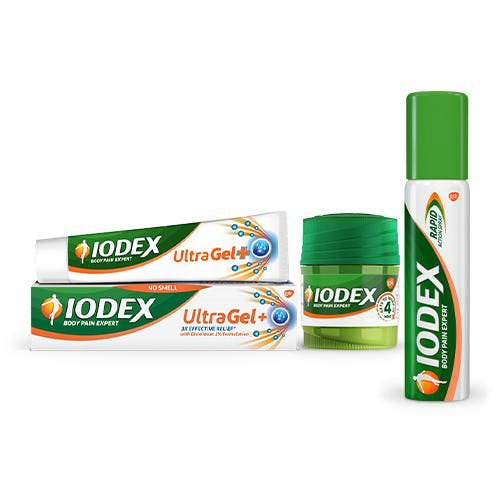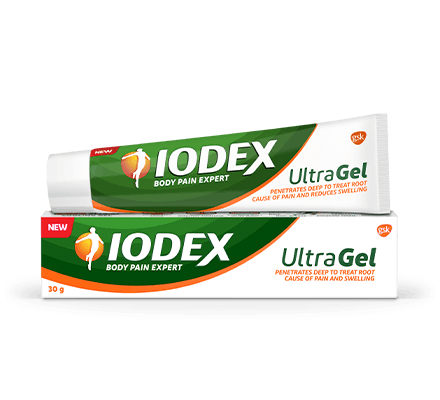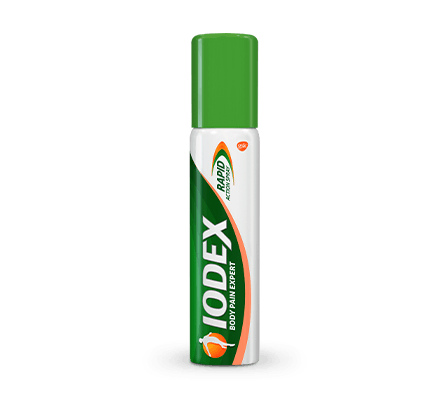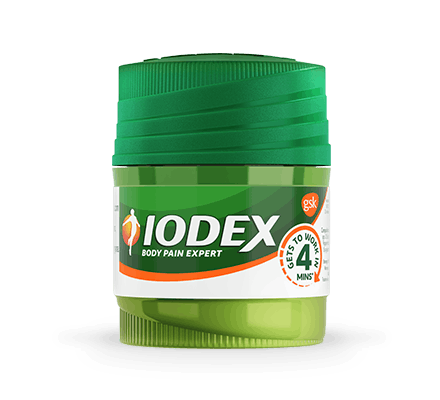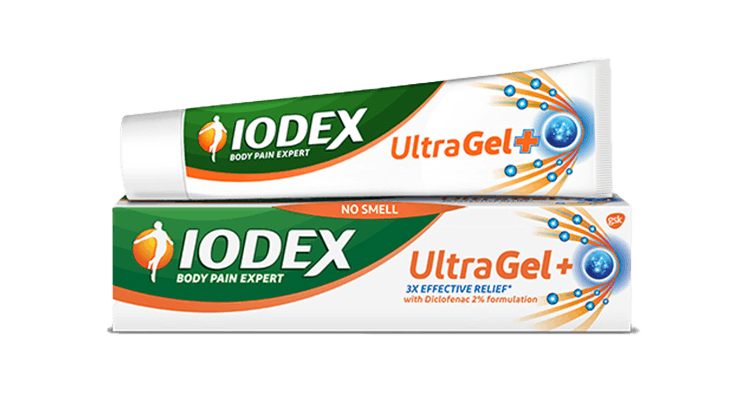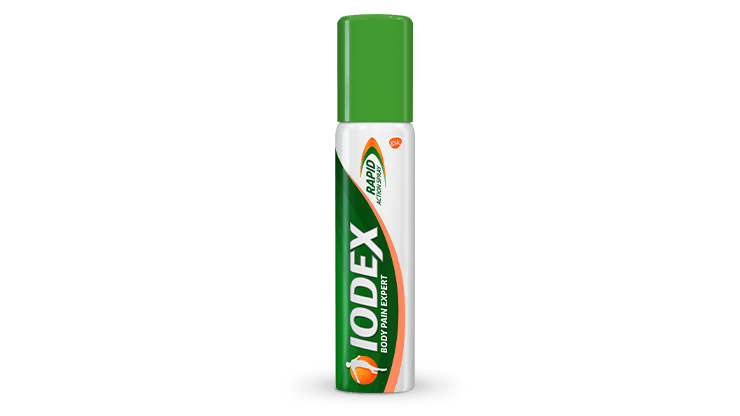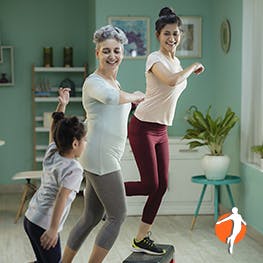
SHARE THIS ARTICLE:
Wondering what treatments there are for Osteoarthritis? Making sense of which Osteoarthritis treatments are right for you is critical to making sure those cricks and creaks and achy joints don’t hold you back.. In the meantime, sit back and relax as we explore your Osteoarthritis treatment options together.
Osteoarthritis is a very common disease that affects your joints. All of your joints are cushioned by a slippery substance called cartilage. Osteoarthritis occurs when your cartilage deteriorates, leaving the bones in your joints without a sufficient lubricating protective barrier. As a result, the joint bones rub and grind against one another when you move, which can be quite painful.1
Common causes of Osteoarthritis include:
- Wear and tear
- Being overweight
- Repetitive use
- Previous injury
Medications for Osteoarthritis
If you’re scratching your head thinking what to use for Osteoarthritis pain, we’re here to make sense of your options. Prescription and over-the-counter medications can help reduce pain and help you to manage your Osteoarthritis. The type of medication you can use may depend on the severity of your pain. There are a number of medication options for Osteoarthritis management.
They come in different delivery formats, which include:
- Oral medications
- Topical medications
- Injections
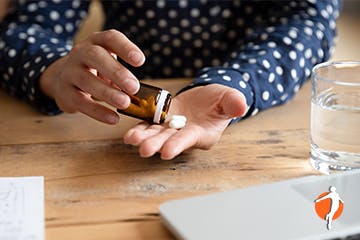
Oral medications
Over-the-counter medications such as acetaminophen/paracetamol, or ibuprofen or diclofenac may be taken for Osteoarthritis management. Speaking with your Doctor can help you decide what to take for arthritis.
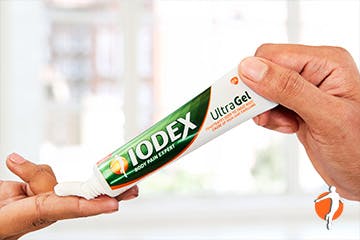
Topical medications
Topical medications can include pain relief medications or anti-inflammatories. Topical medications may be applied through a range of delivery methods, such as gels, that are rubbed into your skin, such as Iodex UltraGel+ that target pain with the NSAID diclofenac. Iodex UltraGel+ is an effective pain relief for mild to moderate Osteoarthritis, and the pain flare-up it can cause.2,3,4

Injections
Injections are administered by a health care professional directly into your joint.
- Corticosteroids5 may help reduce arthritis symptoms in some cases
- Hyaluronic acid6 mimics cartilage and provides lubrication and cushioning when injected into your knee
What else can you do for Osteoarthritis?
Much more than just medication, Osteoarthritis management includes many non-medicated treatments and lifestyle adjustments.
- Maintain a healthy body weight
- Eat a nutritious diet designed for joint health
- Get active
- Stay positive
Discover how small lifestyle changes can make a big difference in relieving arthritis pain.Living with arthritis can be a major pain—literally. But don’t let it get you down. There are plenty of ways to help treat arthritis pain, from maintaining a healthy weight to embracing holistic therapy methods. Simple lifestyle changes can make a big difference. Get started with these strategies.
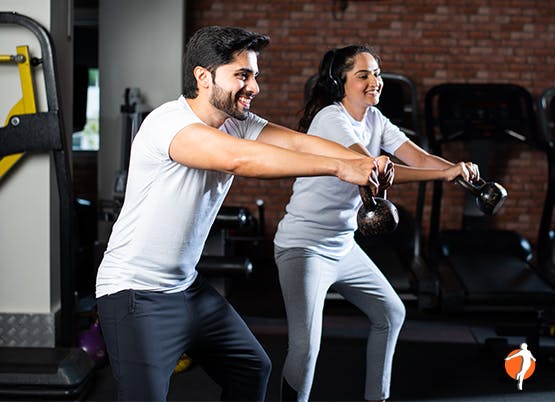
Maintain a healthy body weight
Excess weight places increased stress on your joints. Losing even just a few pounds can help you reduce pressure on your ankles, knees, and hips. For your best odds of long-term weight loss success, take off the pounds slowly using a healthy eating plan and regularly engaging in physical activity.
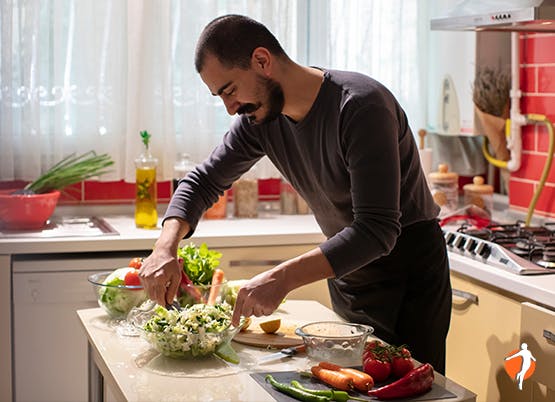
Eat a Nutritious Diet
If you experience Osteoarthritis pain, what you eat is not just about your weight — it’s also about what types of food you put in your body. A donut or a piece of pizza might be more tempting than a salad or a bowl of veggies, but it’s important to keep an eye on what we put in our bodies. Some research, for example, suggests it could be a good idea to reduce processed sugar and Omega-6 saturated fats in your diet.7
Foods such as fish, olive oil, fruit, nuts, and leafy greens, fill your body with nutrients that might help combat inflammation throughout the body, according to some research.8,9
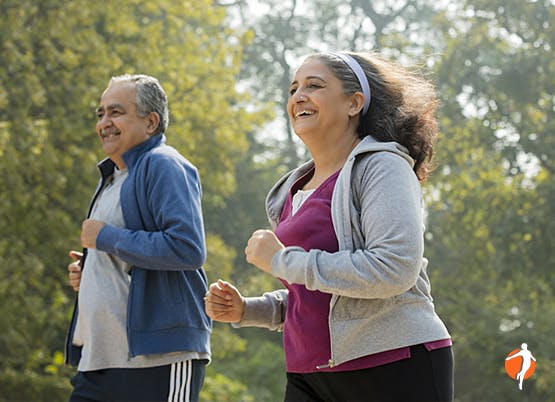
Get Active
When you’re experiencing pain, physical activity may feel like the last thing on your to-do list. Surprise! Exercising is one of the best ways you can decrease arthritis pain. It reduces joint stiffness, improves your range of motion, and builds muscle strength, which helps offload some pressure on your joints. The weaker your muscles are, the more work your joints have to do to support and stabilize your body, and the harder it is to manage your Osteoarthritis.10
Low-impact exercises for Osteoarthritis like walking, biking, yoga, swimming, and even light weight training are all approved for Osteoarthritis and shown to have a positive impact on Osteoarthritis management.11 Plus, they can be great mood boosters. Win-win! Whatever exercise you choose, be sure to keep it low impact. Certain types of exercise that involve high-impact activities can lead to pounding or twisting of your joints over time, raising your risk of injury.12 You may choose to work with a doctor or physical therapist to find out which exercises are right for you.

Stay positive
Pain is almost never just physical. It has deep emotional and mental components as well. Being in pain can affect your way of thinking about your life. Negative thoughts and feelings of hopelessness can make pain feel more intense and make it more difficult to manage.13 That’s why it’s very important to manage your thoughts and feelings alongside your physical reactions to pain. A little mind over matter never hurt. In fact, it can even help give you some relief.
Here are some mindful techniques you may consider adopting as part of a holistic approach to Osteoarthritis pain management:
- Relaxation therapies such as meditation or yoga
- Cognitive behavioural therapy, a combination of talk therapy and behaviour modification
- Acupuncture
To keep negative thoughts at bay, it’s helpful to continue engaging in activities that you enjoy and to surround yourself with people who support you as much as possible.
Surgery for Osteoarthritis
In some severe cases, Osteoarthritis treatment means surgery. Common types of surgery for Osteoarthritis can include:
- Joint fusing
- Joint replacement
- Adding or removing bone around a joint
Surgery is considered a last resort and is a treatment plan to be weighed up carefully. Explore this option together with a physician.
When considering what treatments there are for Osteoarthritis, be sure not to skip over alternative therapies for Osteoarthritis. Here are a number of alternative therapies for Osteoarthritis that you may want to consider supplementing your regular pain-relief regimen with.
Some supplements may be helpful in protecting your joints, which is paramount when managing osteoarthritis. While not clear-cut treatments, some supplements such as glucosamine have shown evidence that they might help deal with the symptoms of osteoarthritis, making them an osteoarthritis treatment option you may want to explore.14
TENS, which stands for transcutaneous electric nerve stimulation, is a non-medicated therapy that has been used for decades by doctors and physiotherapists alike. It works by painlessly stimulating your nerves via electrodes worn on the skin in order to help block pain signals to your brain.
Working with a physical therapist can help you learn exercises that alleviate pain and increase your range of motion. Physical therapy can include strength training and aquatic therapy, among others, to help improve joint mobility and function.17 Reach out to a physical therapist in your area for a consultation if you would like to explore this Osteoarthritis treatment option.
Massage can be a helpful Osteoarthritis treatment option when used as a supplement to lifestyle and medicinal treatments. Tense, tight muscles can place extra strain on your joints. Massage therapy can help relieve Osteoarthritis pain temporarily.18
Iodex UltraGel+ is clinically proven to shorten your recovery time14 and provide targeted relief from pain. Iodex UltraGel+ contains diclofenac, which works by reducing chemicals in your body that cause inflammation. Its Emulgel technology helps the gel to penetrate deep through the skin to enhance delivery of the active ingredient, diclofenac, to the site of pain and swelling, making it an effective pain reliever.15
Iodex UltraGel+ Emulgel formulation allows it to permeate the skin 7 times deeper,15 thus treating the pain at its root. Gently massage the gel onto the skin of affected area, it penetrates and provides additional cooling and soothing effect at the site of pain and inflammation
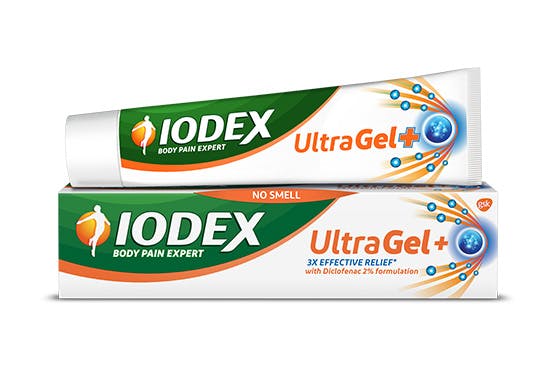
How to use Iodex UltraGel+ to relieve Osteoarthritis
Using Iodex UltraGel+ for Osteoarthritis pain management couldn’t be simpler Here’s how to use Iodex UltraGel+:
- Open your tube of Iodex UltraGel+
- Squeeze out an amount ranging in size from a cherry to a walnut, depending on the size of the area to be treated.
- Gently rub into the skin above where you are experiencing body pain
- Apply Iodex UltraGel+ as per instructions on the product label
As soon as your pain subsides, stop using Iodex UltraGel+. If your pain and swelling do not improve within 7 days, or if it gets worse, please consult your doctor.
Do not apply to skin with conditions such as cuts, open wounds, or on skin that has a rash or eczema. Discontinue the treatment if a skin rash develops after applying the product.
A brace or wrap commonly used for injuries like sprains can be used, but do not use under airtight (plastic) bandages. Iodex UltraGel+ should not be used with air-tight or water-tight dressings, however, non-sealed breathable bandages can be used. For further details regarding precautions of using Iodex UltraGel+ or other products, please read the product label and leaflet, and if in doubt consult your doctor.
How much Iodex UltraGel+ to apply?
How much Iodex UltraGel+ to apply depends on the size of the affected area. Anywhere between a cherry size to a walnut size amount of gel should be sufficient. You can use it once in every 4-6 hours, 3 to 4 times daily.
Explore Iodex’s products for pain relief

SHARE THIS ARTICLE:
Health, wellness & your pain

